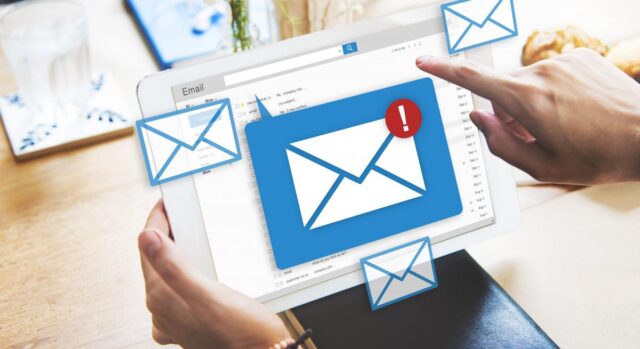In today’s fast-paced digital landscape, fostering strong relationships with your audience is crucial for business success. Email newsletters are a powerful tool that can help you connect with your subscribers on a deeper level. By providing valuable content, nurturing engagement, and promoting brand loyalty, newsletters can enhance your relationships with customers. Here’s how to effectively use email newsletters to build lasting connections.

Table of Contents
Toggle1. Understand Your Audience
Before creating content for your newsletter, it’s essential to understand who your audience is. Conduct surveys, analyze customer behavior, and segment your email list based on interests and preferences. Tailoring your content to meet the specific needs and wants of your audience is key to establishing a meaningful connection.
Tips for Audience Analysis:
- Create buyer personas: Develop detailed profiles of your ideal customers based on demographics, interests, and behavior.
- Use analytics tools: Leverage email marketing platforms that provide insights into open rates, click-through rates, and user engagement.
2. Provide Valuable Content
The success of your newsletter hinges on the value it delivers. Focus on providing content that educates, entertains, or solves problems for your audience. This can include:
- Industry insights: Share the latest trends and news relevant to your audience.
- Tips and tutorials: Offer practical advice that your subscribers can apply to their lives or businesses.
- Exclusive offers: Reward your subscribers with discounts, early access to products, or exclusive content.
Content Ideas:
- How-to guides or tutorials relevant to your industry.
- Success stories or testimonials from satisfied customers.
- Curated content that showcases valuable resources from other sources.
3. Personalize Your Communications
Personalization goes beyond addressing subscribers by name. Tailor your newsletters to reflect the individual preferences of your audience. Segment your email list to deliver content that resonates with different groups, ensuring that each subscriber receives relevant information.
Personalization Techniques:
- Dynamic content: Use email marketing software to create content blocks that change based on the recipient’s preferences.
- Behavioral triggers: Send automated emails based on user actions, such as signing up for a newsletter, making a purchase, or abandoning a cart.
4. Foster Engagement
Encouraging interaction is vital for building relationships through newsletters. Include calls to action (CTAs) that invite subscribers to respond, comment, or share their thoughts. Engaging your audience fosters a sense of community and makes them feel valued.
Engagement Strategies:
- Surveys and polls: Ask your subscribers for their opinions on topics relevant to your industry.
- Social media links: Encourage readers to follow you on social platforms and share content.
- Comment sections: Allow readers to provide feedback or ask questions directly in the newsletter.
5. Maintain Consistency
Establishing a consistent schedule for your newsletters helps build trust and familiarity with your audience. Whether you choose to send newsletters weekly, bi-weekly, or monthly, ensure that your subscribers know when to expect your content.
Consistency Tips:
- Create an editorial calendar: Plan your content in advance to ensure a steady flow of information.
- Stay true to your brand voice: Maintain a consistent tone and style in all your newsletters to reinforce your brand identity.
6. Analyze and Optimize
Regularly assess the performance of your newsletters to understand what resonates with your audience. Monitor metrics such as open rates, click-through rates, and conversion rates to identify areas for improvement.
Optimization Techniques:
- A/B testing: Experiment with different subject lines, content formats, and CTAs to determine what works best.
- Feedback loops: Encourage subscribers to provide feedback on your newsletters to gather insights for future improvements.
Conclusion
Email newsletters are more than just a marketing tool; they are a way to cultivate relationships with your audience. By understanding your subscribers, providing valuable content, personalizing communications, fostering engagement, maintaining consistency, and continuously optimizing your approach, you can use newsletters to build lasting connections with your audience. Start nurturing your relationships today—your subscribers will appreciate the effort, and your business will reap the rewards.


No responses yet